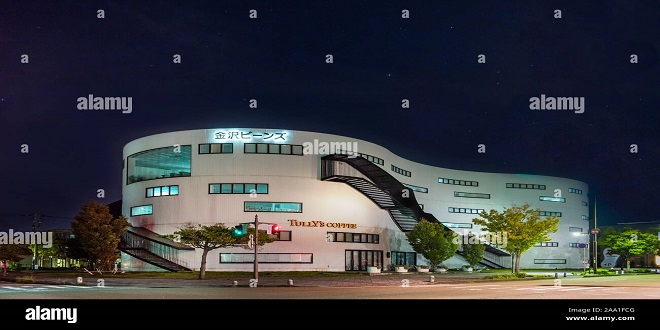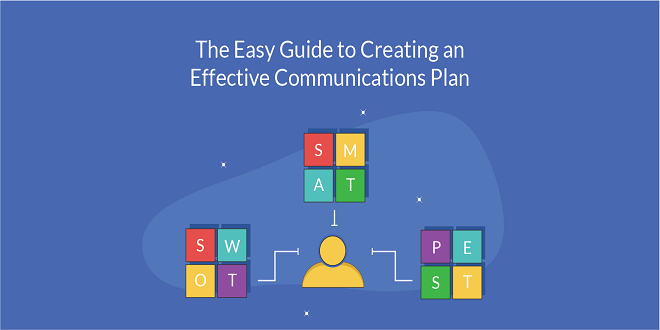The relationship marketing initiative

The relationship marketing plan
Keegan’s direct superior, Hans Volker, was Managing Director of TNM’s European marketing operations. Volker had learned the metals business through working as a metals trader for the Austrian metals company Metalgaburger. Years of trading had honed his skill at assessing situations quickly and making split-second decisions. When Keegan approached Volker with the idea of introducing relationship marketing Volker’s retort was.
Keegan decided that the most logical method to develop the relationship marketing concept was to target one key customer in a high-profile end-use category. Additionally, she realized that she needed a sympathetic, receptive champion at that customer who would push the introduction of relationship marketing. After surveying her customer base she decided that Supremely Vacuum Meters (SVM) represented a prime candidate for the relationship marketing initiative. Some of the reasons for this were:
1 SVM was a significant consumer of nickel – consuming over a million pounds per year.
2 SVM was a lead supplier of superalloys to the automotive/truck turbocharger industry – a growth market.
3 Nickel made up to 50 percent of SVM’s costs.
4 SVM’s customers (i.e. automotive suppliers) had received training in developing partnership relationships and hence would more likely be familiar with some relationship marketing concepts.
5 A success in the automotive industry would increase the acceptance of relationship marketing in other nickel end-use segments like aerospace and the nuclear fabrication industry.
6 SVM’s Managing Director, Dr. Herman Bearing, was recognized as a leading innovator in the metal alloy industry.
A phone call to Dr. Bearing quickly gained his interest and tentative support for Keegan’s proposed relationship marketing initiative
Supermart Vacuum Melters (SVM)
Keegan then reviewed what her company files contained about SVM and its customers. Historically TNM had spent little time and energy on understanding its customers’ customers and information in this area was scarce. Keegan called Dr. Bearing of SVM and explained that a key component of relationship marketing was to develop new ways to add customer value to the relationship. An understanding of SVM’s value chain would assist in this effort. After a brief discussion with Dr. Bearing, a supply/ value chain was outlined (Figure 3.3.1). The chain starts with the nickel miner, smelter, and refinery (TNM), which sells nickel ingots to a meter such as SVM, which combines the nickel with other metals such as cobalt and chrome to produce very high-quality alloys for specific uses. These alloy ingots are then sold to an investment casting turbocharger manufacturer, which then produces turbocharger blades to very exacting specifications, becoming one component in automobile or truck turbochargers, which are then sold to a transmission manufacturer and become part of an automobile or truck drive system. The transmission manufacturer is a first-tier supplier to an automobile or truck assembler, which puts the transmission in the vehicle. The vehicle, through the intermediary of a dealer, is then sold to the final user – the consumer
SVM’s input
Dr. Bearing explained that next month senior purchasing executives from the world’s major turbocharger manufacturers would gather in Geneva for their annual conference. He wondered if perhaps Keegan could put on a presentation at the conference and includes TNM’s ideas on how to bring more efficiency to the value chain while managing nickel price exposures. Keegan responded quickly that she certainly could. After some thought, she proposed that her presentation would cover the following topics
Comments on the presentation
Don’t expect an immediate response from my customer group. It will take a fair amount of education before they will accept the concept of hedging and the improved communications required for effective hedging. To my knowledge, no one in our industry has ever looked at aligning the needs of the whole supply/value chain. Also, remember that during the presentation the audience will be composed of representatives from competing companies – none of them will want to tip their hands in front of each other.
Last word
That’s true, but the Russians don’t have an LME trading operation as we do – they will be cut out of the business. Only we and one other major nickel producer have organizations capable of providing hedging services on an ongoing basis. Further, we have the inside track as far as establishing the required relationships. Once the required communication pathways are set up to facilitate hedging activities it is very inconvenient for a customer to switch suppliers on a whim. The customer’s switching costs increase – that becomes our competitive advantage.
The fury of nature can be seen in the formation and power of tornadoes. These violent storms can cause immense destruction, but with proper preparation, it is possible to survive the storm. Tornadoes form when warm, moist air meets cold, dry air, creating a powerful rotating vortex. The power of a tornado is measured on the Enhanced Fujita Scale, which ranges from EF0 to EF5, with EF5 tornadoes being the most devastating. Surviving a tornado involves seeking shelter in a sturdy building or underground, away from windows and exterior walls. It is crucial to have a preparedness plan and to stay informed about severe weather warnings. By understanding the formation and power of tornadoes, individuals can take the necessary steps to stay safe when these storms strike.





